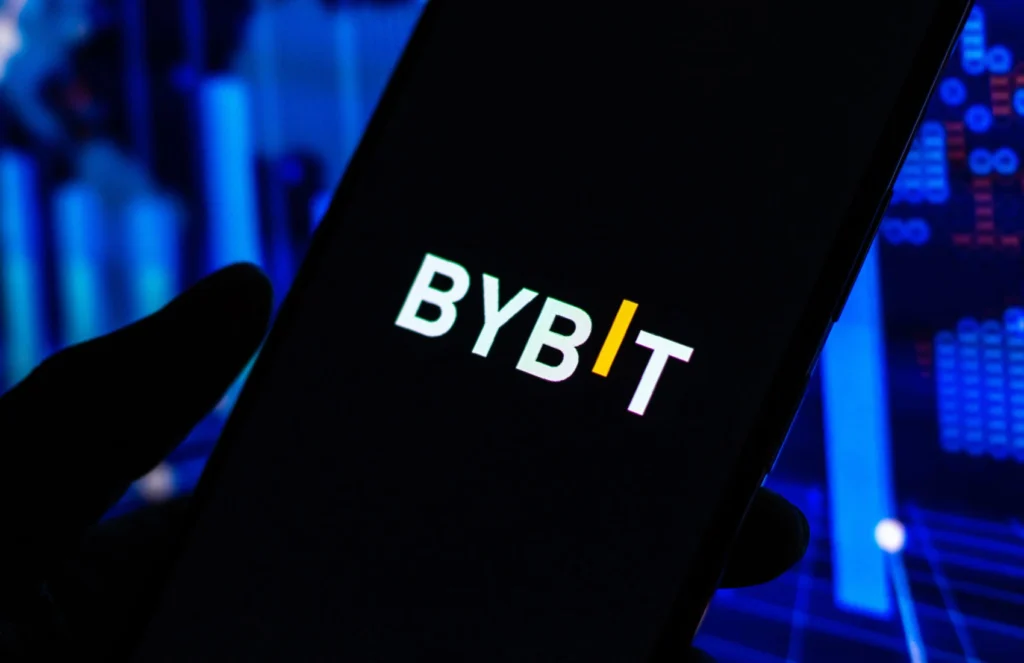If you’re trying to figure out how to choose a crypto platform, the options can feel overwhelming. From flashy interfaces to low-fee promises, the market is crowded—and not every platform is built with your safety or needs in mind. This comparison guide breaks down the five most important factors to help you make an informed choice.
Security: Protecting Your Funds
When it comes to crypto, security should be non-negotiable. The best platforms protect your funds with cold storage, multi-layered authentication, and insurance coverage. Before you register, ask: Does the exchange support 2FA? Do they undergo regular audits? Is there any history of hacks or breaches?
Look at how well-known platforms like Coinbase or Kraken handle asset protection. While newer exchanges may offer better rates, they might cut corners when it comes to protecting your funds.

Fees and Costs: Understanding the Hidden Charges
Every platform has a different fee structure—and what looks cheap on the surface can be costly in practice. Low trading fees are great, but hidden charges often add up. Withdrawal limits, spreads, or poor execution speeds can all eat into your profits.
Compare fee models side by side: Coinbase has higher fees but stronger ease-of-use; Binance offers lower fees but may require more experience. Decide what you’re willing to trade off.

Lets Choose Crypto Platform with the Right Coin Selection
More coins aren’t always better—but they do offer flexibility. Choose a platform that supports well-vetted, high-volume cryptocurrencies, not just a long list of obscure tokens. If you’re a long-term investor, you’ll want access to the majors: BTC, ETH, SOL, etc.
Still, if you’re into altcoins, platforms like KuCoin or Gate.io might appeal more. Just be cautious: lightly regulated platforms may list risky or illiquid tokens.

How to Choose Crypto Platform for Beginners vs. Advanced Users
Not all platforms cater to the same level of experience. Beginner-friendly platforms simplify the process, while pro-level tools allow for deeper control. If you’re new, choose a platform with a clean interface and educational content—like eToro or Coinbase.
If you already know how to set limit orders and navigate leverage tools, you might prefer Binance or Bybit. Choose based on your comfort with trading complexity.


How to Choose Crypto Platform by Looking at Support and Transparency
A great platform isn’t just about features—it’s about how it treats its users. Good customer support, transparent policies, and visible leadership make a big difference when things go wrong. Don’t overlook this.
Platforms that publicly disclose their security audits, leadership, and regulatory status earn more trust. Avoid exchanges with vague policies or no customer service response times.

Conclusion: Choose Based on What Matters Most to You
No one platform will be perfect, but some will be much better suited to your goals. Whether it’s security, fees, coin access, or simplicity—you need a platform that works with, not against, your trading style. Use these comparison points to narrow the field and choose confidently.
Relevant news: here






